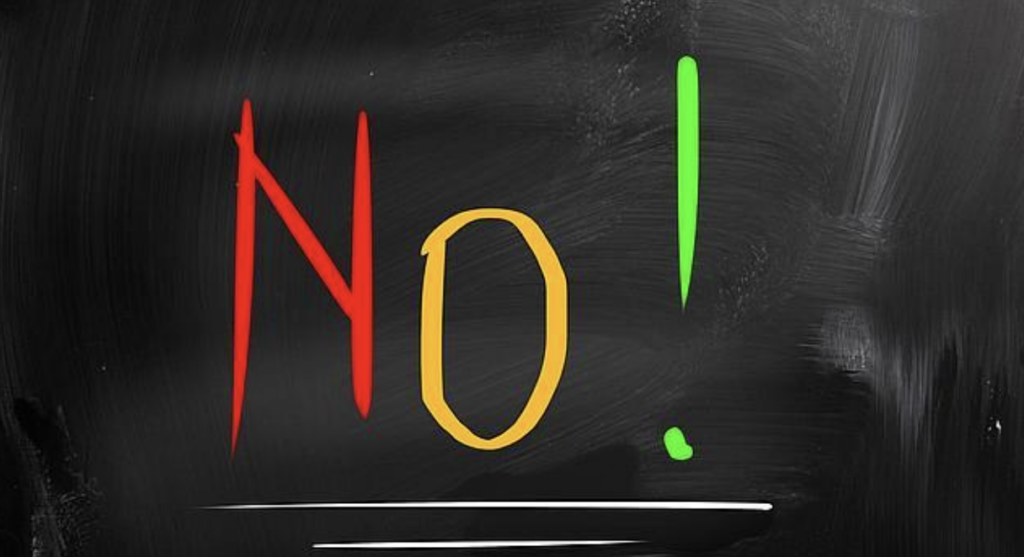TPG Blog

How to Close a Negotiation
There are several indicators that may indicate that it is time to close a negotiation. Some of them are: Both […]

Lose Your Fear of Public Speaking
It is necessary to speak well, and good public speaking is, perhaps, even more necessary because of the repercussion that […]

Reasons For Not Reaching An Agreement
Sometimes it is not possible to reach an agreement, or it simply is not interesting, but it is important to […]

The Ability to Say No
As Steve Jobs said: “The ability to say NO is incredibly difficult but it’s the most effective way to remain […]

Responding to Disruptive and Manipulative Behaviors
At this post, we are going to give some clues that will allow us to respond to manipulative behaviors that […]

Knowing How to Find the Client and Make Contact
We all sell and we all buy, whether they are products, ideas or services for our personal or professional life, […]

What is Empathy?
At this post, we’re going to talk about a fundamental issue in leadership. That is, empathy helps prevent harassment and […]

The check-list to prepare your negotiation
According to the experts, a successful negotiation consists of 90% preparation and 10% improvisation. Perhaps this proportion is exaggerated, but […]

The Objectives of the Negotiator
We will start this post with an everyday example. If you go on a weekend trip to Rome and you […]

Ten Commandments of the Good Negotiator
Today negotiation is a necessary tool for any person or professional who wants to preserve their interests and obtain their […]